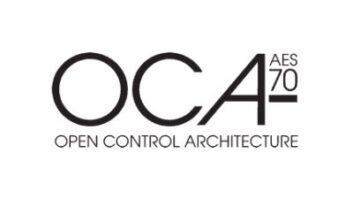
Tom Osenkowsky Regarding Ben Dawson and Ron Rackley’s commentary, “Take a Fresh Look at AM Rules” (Radio World, March 27), I wholeheartedly agree that the FCC rules governing AM broadcast need refinement, since they were crafted at a time when the landscape of radio was very different. In many communities back then, AM was the primary source of broadcast news and information.
Receivers were more sensitive than those of today. There were no computers, DSL, BPL and solid-state devices to contribute to an elevated noise floor. Auto radios had vertical antennas, which were more efficient than today’s stealthier counterparts. Population was distributed differently. Directional arrays were located wherever possible, to serve an audience that is today more geographically diverse.
Where nulls or minimas may have once fallen over fields, the pastures of yesterday have evolved into condos, strip malls or populated areas. In some cases, transmitter site real estate has appreciated in value such that relocating a tower is a wise business move.
None of the above was in sight when the FCC rules were written.
Then there’s the fact that AM music formats began to migrate to FM, cassette players, CD changers, satellite radio, Internet radio, iPod, etc. And USB interfaces found their way into automobile radios. And windshield and other less-efficient antenna designs prevail, as do less sensitive, narrowband receivers.
All of these pose a disadvantage to AM broadcasters.
AM stereo, required annual emissions measurements, NRSC pre-emphasis standards, expanded band and other technologies have not significantly increased AM listenership. AMAX standard receivers were never mandated in the marketplace.
Stations that want or need to relocate their transmitter facilities find themselves bound by restrictions that don’t help but hinder serving the public. For example, a station that wishes to diplex with another may not be able to do so given the requirement for city of license coverage. Another may wish to employ a radiator that does not meet the minimum efficiency requirements. The use of such a radiator may be the sole option that satisfies neighbors and the local zoning board.
Ground system requirements often prevent the use of a site where a system of lesser or alternate design may permit the move and provide adequate coverage.
AM stations now benefit from the use of modern computer modeling tools and vector analysis instruments. The AM broadcast service is not unlike an old commercial building with modern tenants. The utility infrastructure was not designed to accommodate computers, server rooms with air conditioning, and uninterruptible power sources.
Considerable retrofit is required to meet contemporary needs. The FCC needs to revisit and examine rules pertaining to the AM service, and apply revisions that will help maintain and boost its ability to serve today’s and tomorrow’s needs.
Tom Osenkowsky is a radio engineering consultant in Brookfield, Conn., and a longtime RW contributor. He has been in the radio broadcast industry since 1975. Opinions are his own.












